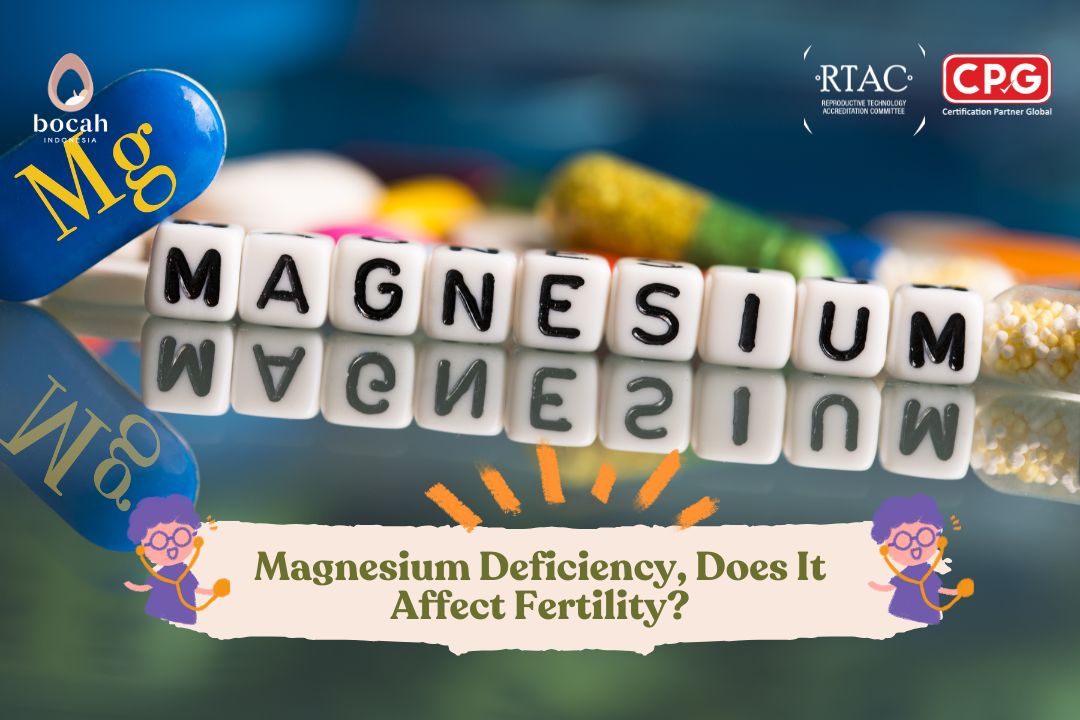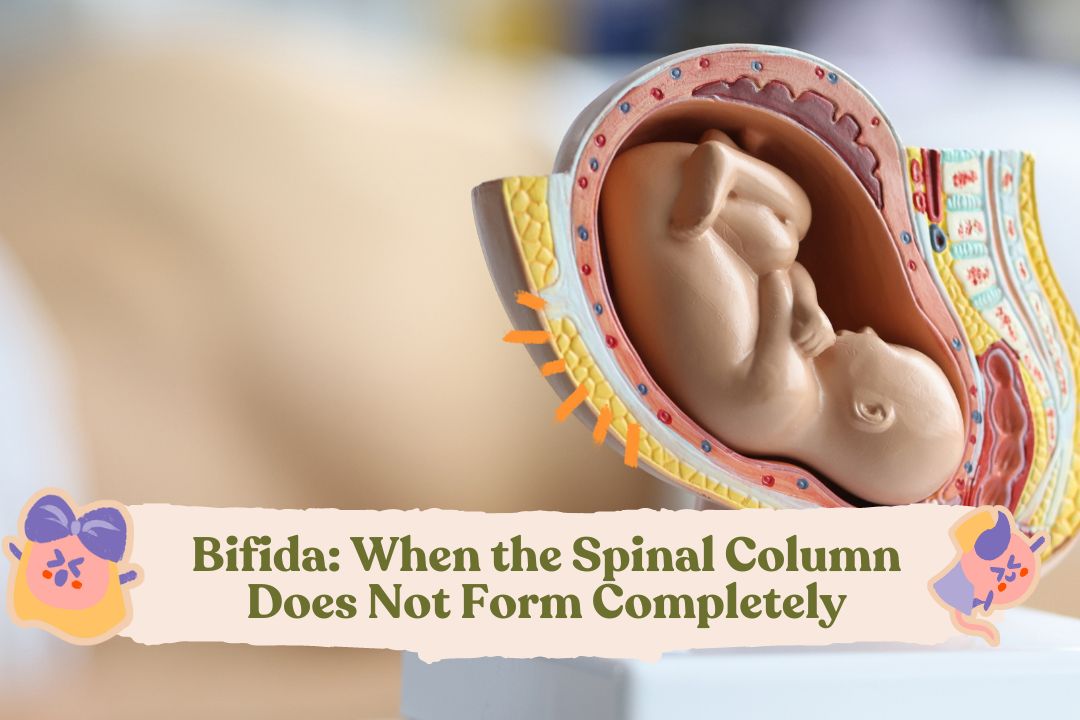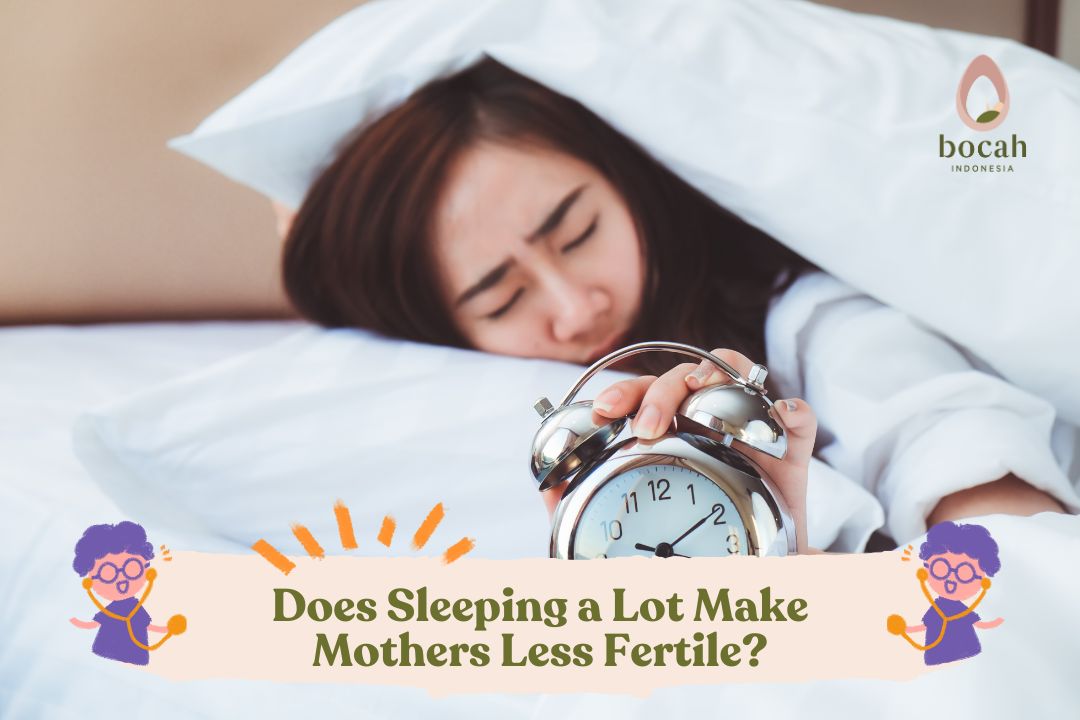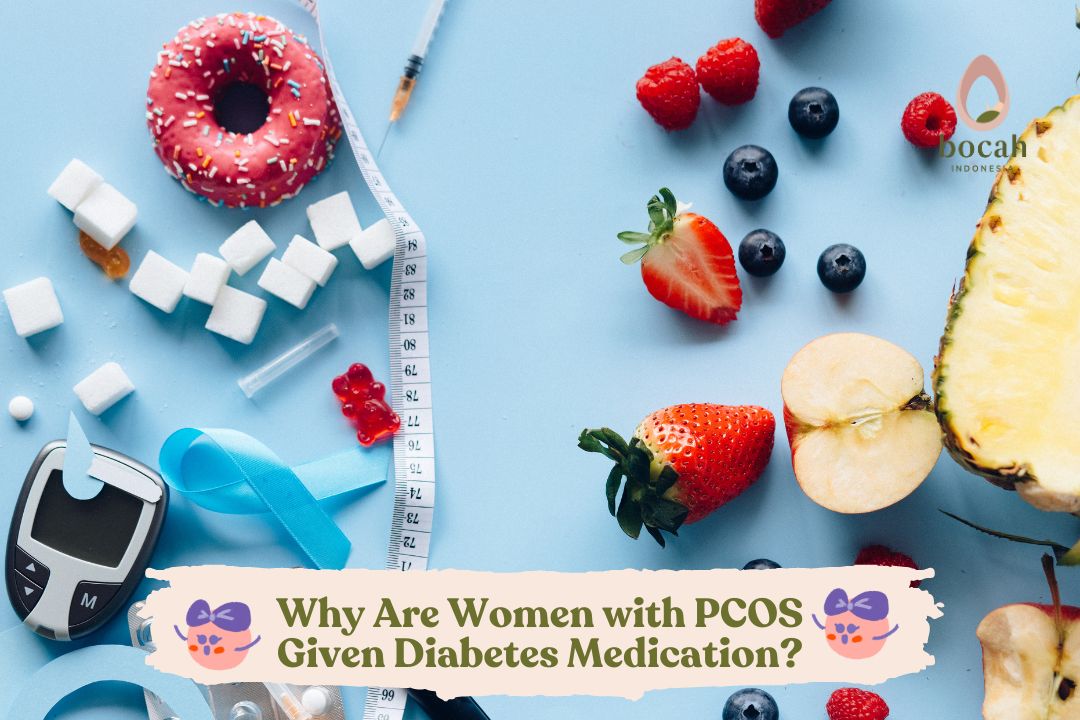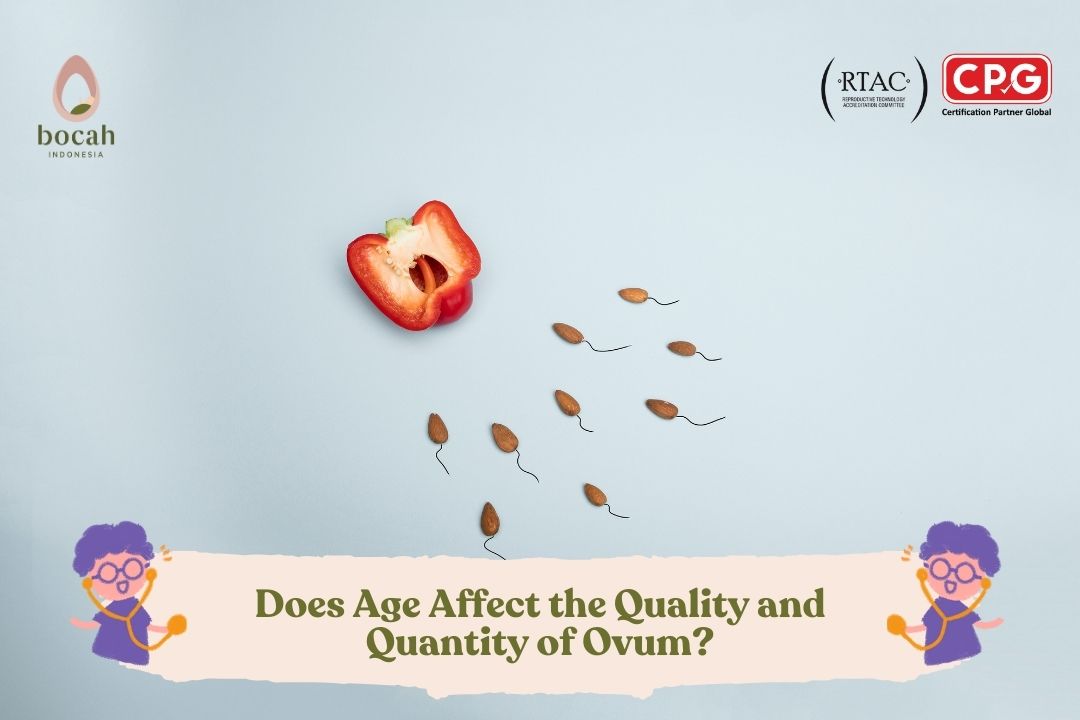How Much Does an Insemination Fertility Program Cost?
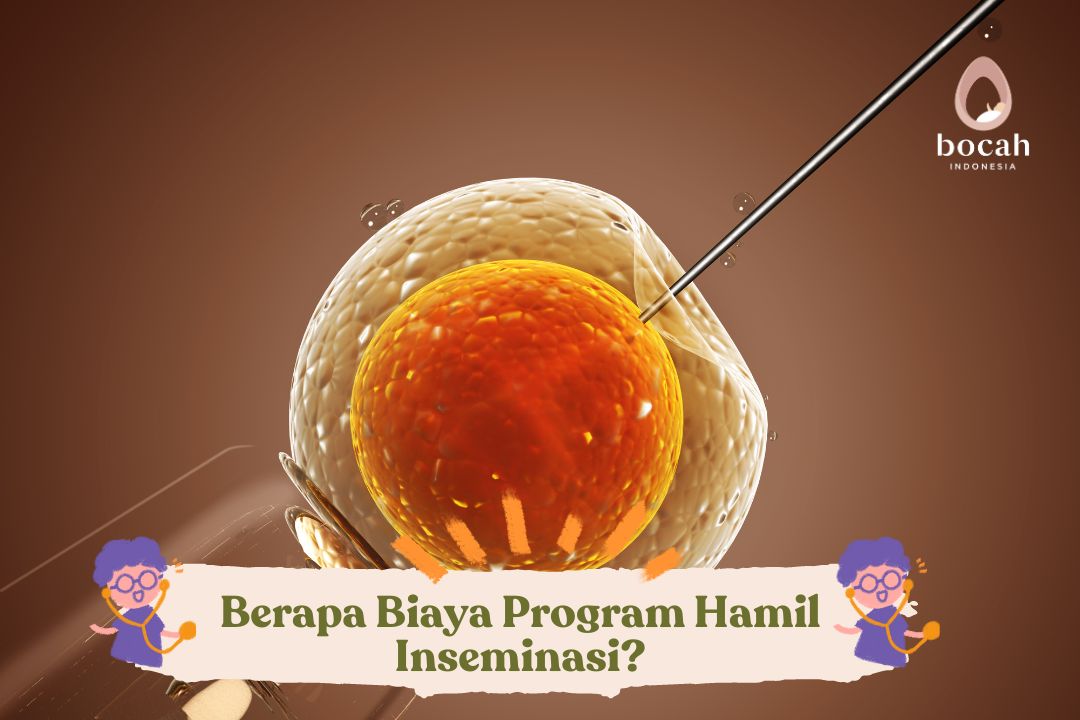
The cost of an insemination program varies depending on the patient’s condition, but this fertility program is generally more affordable compared to IVF (In Vitro Fertilization). Couples who wish to have children often choose to try the insemination program. Artificial insemination is a medical procedure used to address fertility or infertility issues.
There are several types of insemination, but the most common is intrauterine insemination (IUI). This procedure involves inserting sperm directly into the woman’s uterus. Insemination is one of the Assisted Reproductive Technologies (ART). Through insemination, fertilization still occurs within the uterus, where sperm swim through the cervix to reach the uterus. Insemination is a method to facilitate the fertilization process. This procedure is typically performed for couples who have difficulty conceiving naturally.
Cost of an Insemination Fertility Program
The cost of insemination varies by fertility clinic or hospital and depends on the individual patient’s condition. This includes the medications used and the number of cycles required.
For couples planning to undergo insemination, it is recommended to prepare extra funds for unexpected additional needs. In fact, an additional 20-30% of the estimated cost should be set aside.
Insemination is indeed more economical compared to IVF (In Vitro Fertilization) programs. This is because the insemination procedure is simpler compared to the more complex IVF process. Additionally, insemination has a shorter process time compared to the longer IVF cycle.
Insemination Procedure
The insemination procedure consists of several steps or stages, such as:
Tanya Mincah tentang Promil?
Ovarian Stimulation
When you undergo the insemination program, the first step is administering a low dose of gonadotropin injections. This procedure is done to mature the eggs, and the released eggs are expected to develop and be monitored to prevent multiple pregnancies, which in the fertility world is considered a pregnancy complication.
Monitoring Ovulation Timing
Monitoring ovulation timing is important to determine the right time for insemination. This monitoring is done when the egg size is measured on the 12th to 14th day of the menstrual cycle.
Next, you will be given an hCG injection to trigger ovulation. Ovulation will occur about 36 hours after the hCG injection.
Sperm Collection
The sperm will be collected on the same day the insemination is performed. The sperm to be used for insemination is carefully selected, particularly focusing on motility, as the sperm will swim on its own to reach the egg.
Insemination Procedure
The insemination process does not take long, only a few minutes, and does not require any medication, including painkillers. The selected sperm is inserted into a catheter and then sprayed into the uterus.
Now, you can prepare the necessary funds before undergoing the insemination program. If you and your partner are planning insemination, it’s advisable to consult with a doctor first.
Source:
- American Pregnancy Association. Intrauterine Insemination: IUI.
- National Health Service. Intrauterine insemination (IUI).
- Allahbadia, GN. (2017). Intrauterine Insemination: Fundamentals Revisited.



